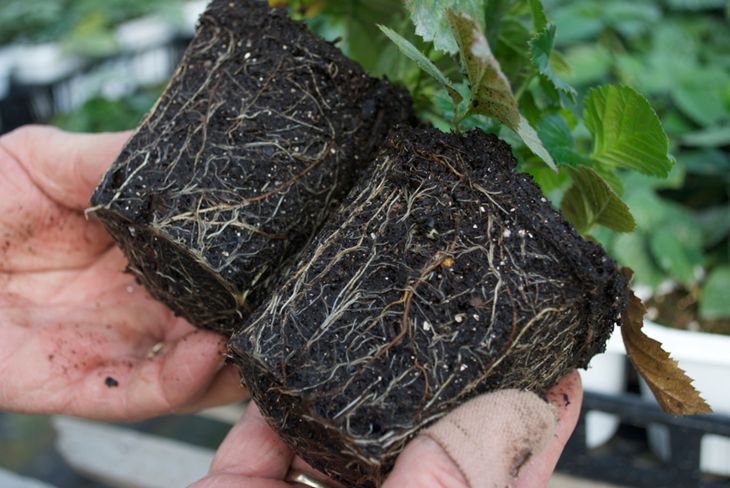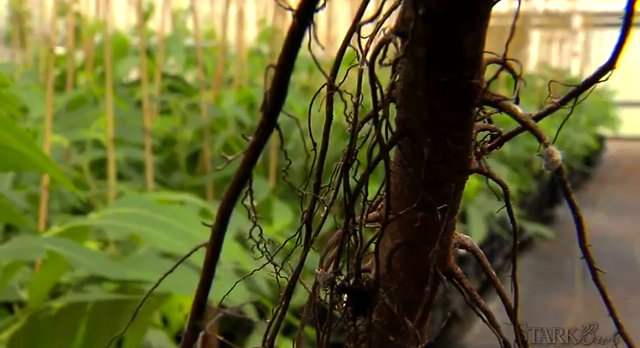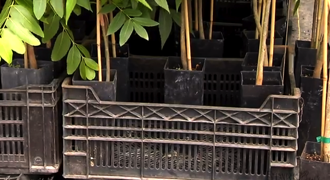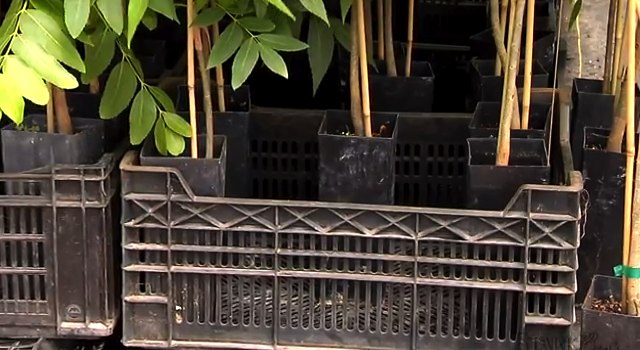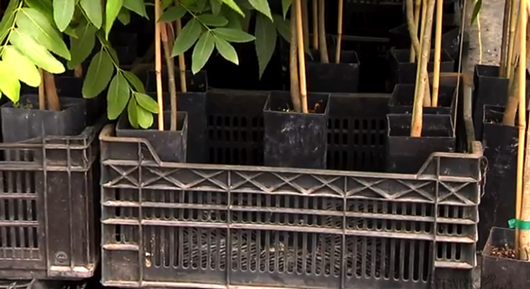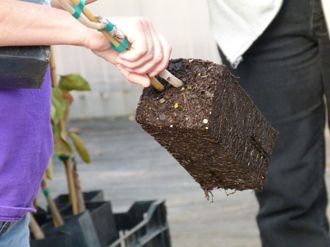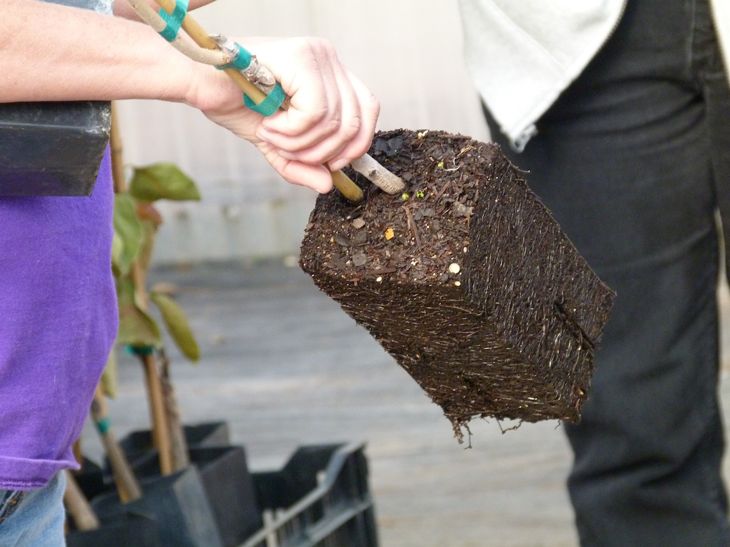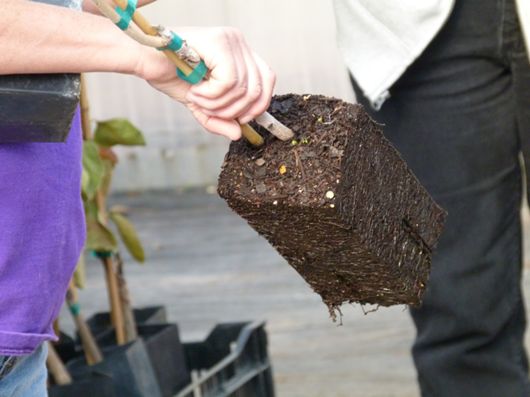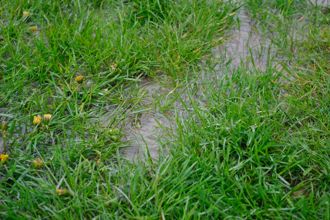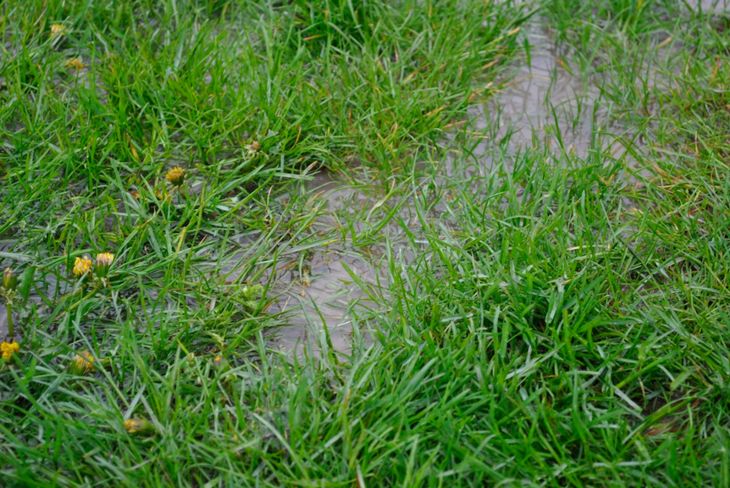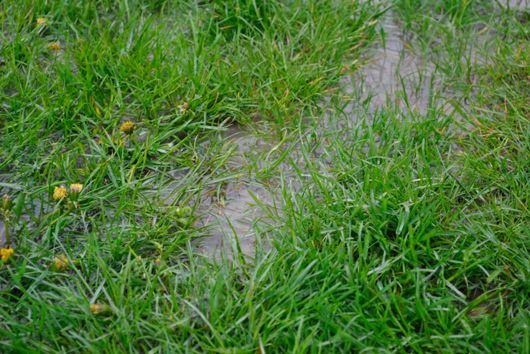The Importance of Roots
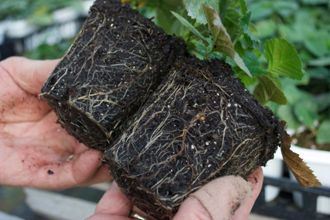
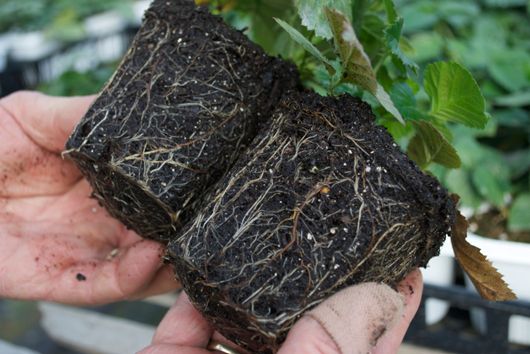

You may not know it, but we grow and maintain the plants and trees we sell. The tops are kept at a certain height to avoid damage in shipping, but the dense root systems are the masterstroke in surviving and thriving after transplanting and this is true of any plant or tree you want to grow.
About Roots
Both potted and bare-root plants and trees rely on healthy root systems to become established and grow well. Roots play an important role in nutrient intake, similar to the way leaves photosynthesize — a process of converting light energy into food. The roots help to bring soil nutrients up through the vascular system of the plant or tree and even work to store nutrients during dormant periods.
Lush, leafy tops are not ideal for new transplants, since this growth requires sustenance and support that the roots are not yet established enough to provide. Having a mass of strong, healthy roots will encourage more top growth once the root system grows into its new environment. This is also the reasoning behind why we pre-prune our bare-root fruit trees before shipping them; to create a necessary balance that starts with a strong foundation.
About Stark® EZ Start® Pots
The Stark® EZ Start® potted tree program, which is responsible for our potted trees, utilizes an innovative design: bottomless pots. As the roots grow inside the pot, they eventually reach the bottom where the ends are air pruned. The roots are naturally severed, which forces more new feeder roots to develop within the container. This process creates a dense mass of roots that support the tree before and after the transplant process.
Compared to bare-root trees, which establish best when planted in the cooler months of the year, these potted trees become well established, whether they're dormant or leafed out, thanks to their more robust root systems.
Learn more about Stark® EZ Start® potted trees:
Common Root-Related Issues
Understanding the importance of healthy roots is as beneficial as recognizing the symptoms of unhealthy roots. Roots transfer nutrients and water and, if there is an issue with the soil, there will be a change in the plant's top growth.
One typical symptom is when leaves turn yellow. If yellow isn't the natural color of the plant's leaves, then it may be caused by root-level issues like a lack of soil nutrients, incorrect pH (blocks intake of necessary soil nutrients), or over-watering.
Even though roots are located under ground, they still require air to remain healthy and free of fungi and water molds. If the soil does not drain properly, it will retain water and the roots will suffocate or develop a disease. There are ways to test the planting site prior to planting like Digital Soil Meters so that problems may be addressed before they affect plant life. Amendments, like coco-fiber medium, work to properly distribute water and help avoid drainage issues.
Learn more about preventative measures:
Whether you're planting something new or maintaining an old favorite, remember the importance of roots. If the roots are healthy and properly cared for, they will take care of your plants and trees!
Help Stimulate Early Root Development
- Article Categories:
- How To Grow

